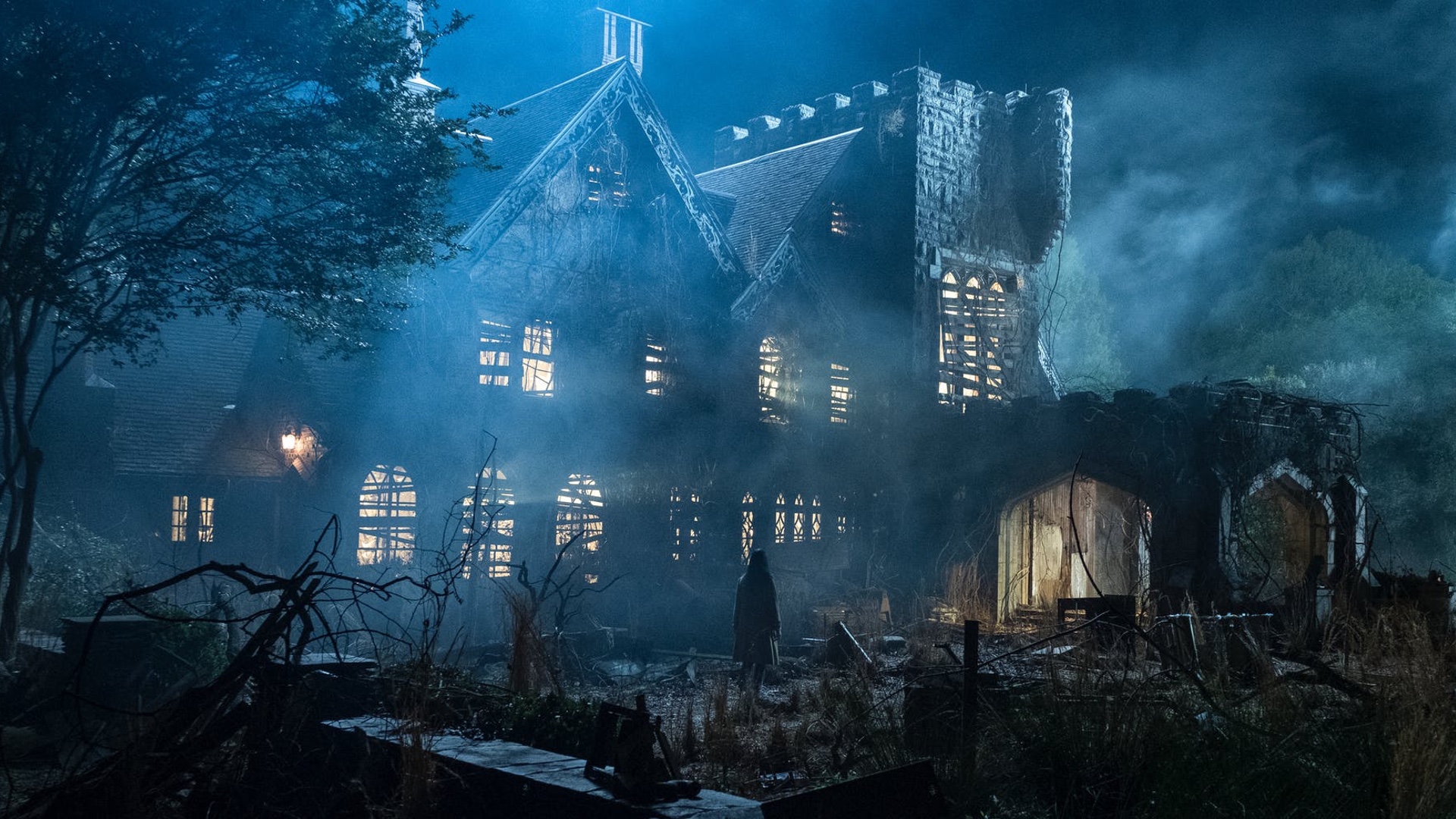
“Haunting of Hill House” Review
By: Alex Helms, Assistant Arts & Life Editor
Featured image courtesy of GeekTyrant
In Netflix’s latest horror series “The Haunting of Hill House,” the ghosts of the past are just as dangerous as the literal incorporeal specters that tread on and off the grounds of the titular mansion.
Sometimes it’s the “ghosts” of grief and guilt that can cause the most damage of all, and for the series’ leading family, the Crains, that’s a feeling known better than most. After another tragic death in the family, the living parents and children find themselves haunted once again by the pain of mysteriously losing their mother and the unexplainable trauma endured years ago in their temporary home of Hill House.
“Hill House” embraces the potential of its genre to reflect the reality of what truly scares us and how the world we live in can hurt us.
“There’s safety in metaphor, and the best horror uses that to let us explore these dark ideas and fears in a cathartic way that also encourages individual bravery,” said series creator and TU alum Mike Flanagan. “And because the genre is designed to create fear, and you will yourself to power through that discomfort, it helps make us just a tiny bit braver by the time the credits roll.”
In adapting the Shirley Jackson novel of the same name, Flanagan transforms “Hill House” into a work of his own, employing some of the greatest strengths of his past films to remix the old into something new.
Having previously explored similar themes in “Oculus” and “Gerald’s Game,” Flanagan uses his new series to return to familial horror, a perspective not as fully present in the original novel, removing the comforting notions of safety from the very function of the family and the home.
“Hill House” explores its damaged familial core by frequently twisting the Crain family through past and present timelines in each episode, creating an incredible symmetry between different storylines and episodes.
“I’d really enjoyed playing with the timelines in Oculus,” Flannagan said. “And even that was my reaction to reading Stephen King’s “IT” for the first time and being stunned by how the interwoven timelines informed and colored each other. This seemed like a great opportunity to revisit what I’d started with OCULUS and take it to another level.”
Similar to the Netflix’s fourth season of “Arrested Development,” “Hill House” builds a greater understanding of an ongoing story by frequently returning the same events from the different perspectives of each member of the Crain family, often adding layers of sinister and heartbreaking context that went previously unseen.
It’s a moving puzzle that actively invites the viewer to help put it all together. It’s a calculated slow burn that avoids the pitfall of many Netflix original series, dragging out a thin narrative over a far too long episode order. “Hill House” patiently shows viewers only what it wants them to see, and it will always reward them with something new just around the corner.
The first season of “The Haunting of Hill House” is available to stream on Netflix.

